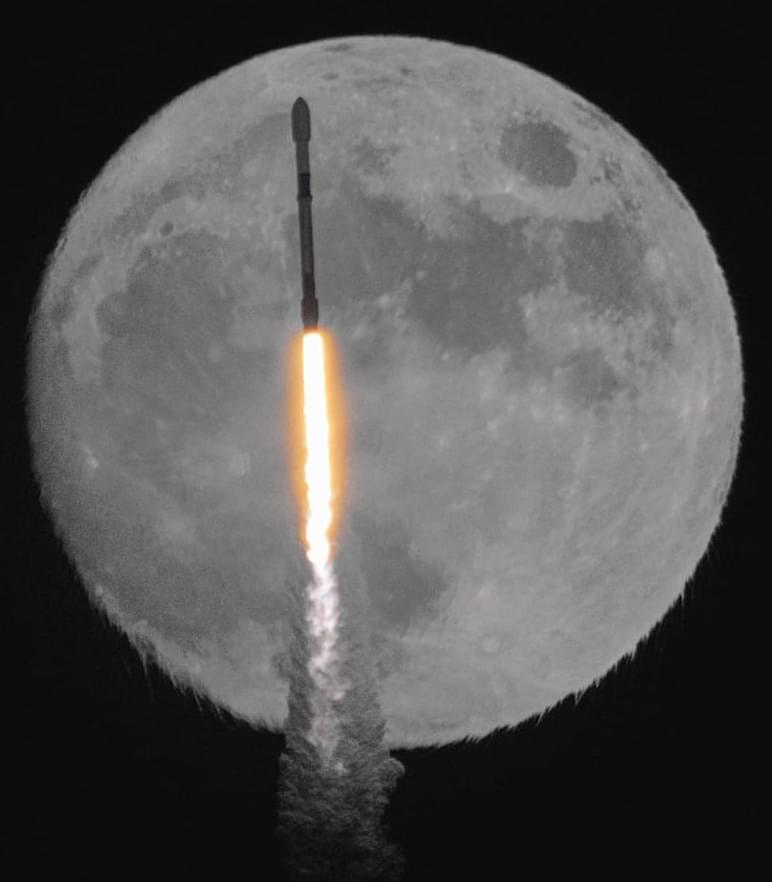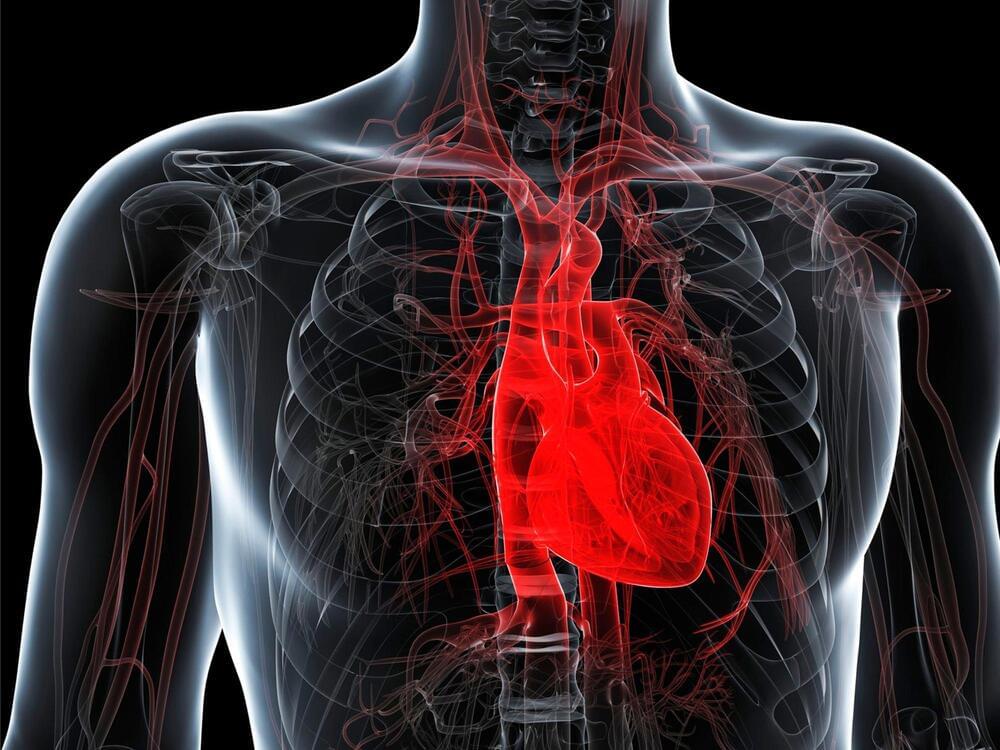BABCOCK RANCH, Fla. — Like many others in Southwest Florida, Mark Wilkerson seemingly gambled his life by choosing to shelter at home rather than evacuate when Hurricane Ian crashed ashore last week as a Category 4 storm.
But it wasn’t just luck that saved Wilkerson and his wife, Rhonda, or prevented damage to their well-appointed one-story house. You might say that it was all by design.
…and yes it’s 30 miles inland, as that’s part of the design, with many more innovations.
Hundreds of thousands of people in Southwest Florida still don’t have electricity or water. But Babcock Ranch, north of Fort Myers, was designed and built to withstand the most powerful storms.








